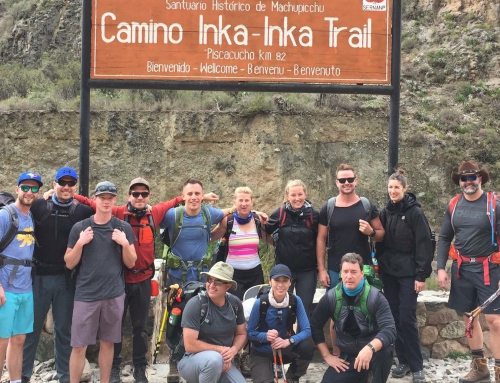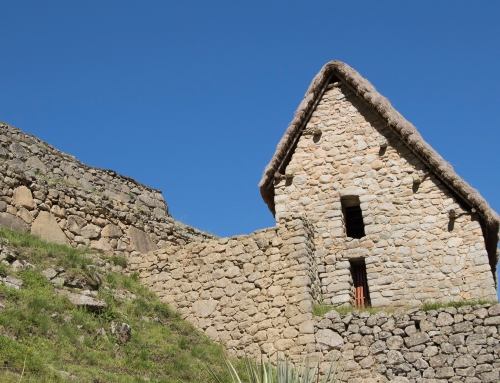What to see
Take your time walking around the place, there are many nooks and crannies to see and explore. Although not necessary, taking a guided tour provides a deeper insight into the ancient city, its uses, as well as information about the geography of the city. Keep in mind that relatively little is known about the history and uses of the ruins, and some of the stories told by the guides are based on little more than popular hearsay.
Door of the Sun (IntiPunku)
If you have just arrived through the Inca Trail, this will be your first experience in the ruins. Others may reverse the ruins along the way and climb the hill. From here you can see down into each valley with beautiful views. It is quite a demanding hike (probably 1 or 1.5 hours in each direction), but it is well worth it.
Temple of the Sun
Temple of the Sun, Machu PicchuTemple of the Sun, Machu Picchu
Near the top of the main city, the stone in the temple is incredible. Take a good look and you will see that there are a variety of stone walls throughout the city. Most are rough stones joined with mud, the common stone walls found all over the world. However, many buildings or parts of buildings are made with the most distinctive and impressive stone. The temple is the absolute pinnacle of this technology. Observe from the side, descending the stone staircase in the main square.
Intihuatana
A stone carved in such a way that, on certain days at dawn, the sun makes a particular shadow, working like a sundial. According to some scientists, the meaning “where the sun (inti) is tied (or tied)”, and it is believed that it served as a calendar, to define the seasons, according to the shadow that the sun gave to the base of that stone.
Temple of the Three Windows
Temple of the Three Windows, Machu PicchuTemple of the Three Windows, Machu Picchu
Whose walls of large polygonal blocks were assembled like a jigsaw puzzle.
Main Temple, of more regular blocks, which is believed to have been the main ceremonial enclosure of the city. Attached to this is the so-called “priest’s house” or “chamber of ornaments”.
Temple of the Condor
– Tour guides may try to tell you that it was a temple, but look closely: between the wings of the condor is a camera with slots made in the stone to secure handcuffs, a corridor behind where a torturer can walk to whip the back of the prisoner, and a well of fear that seeks to drain the blood of the prisoners. It is clear that the condor was a symbol of cruel justice, but an aseptic version is counted for the benefit of middle-aged tourists and their children.










Leave A Comment